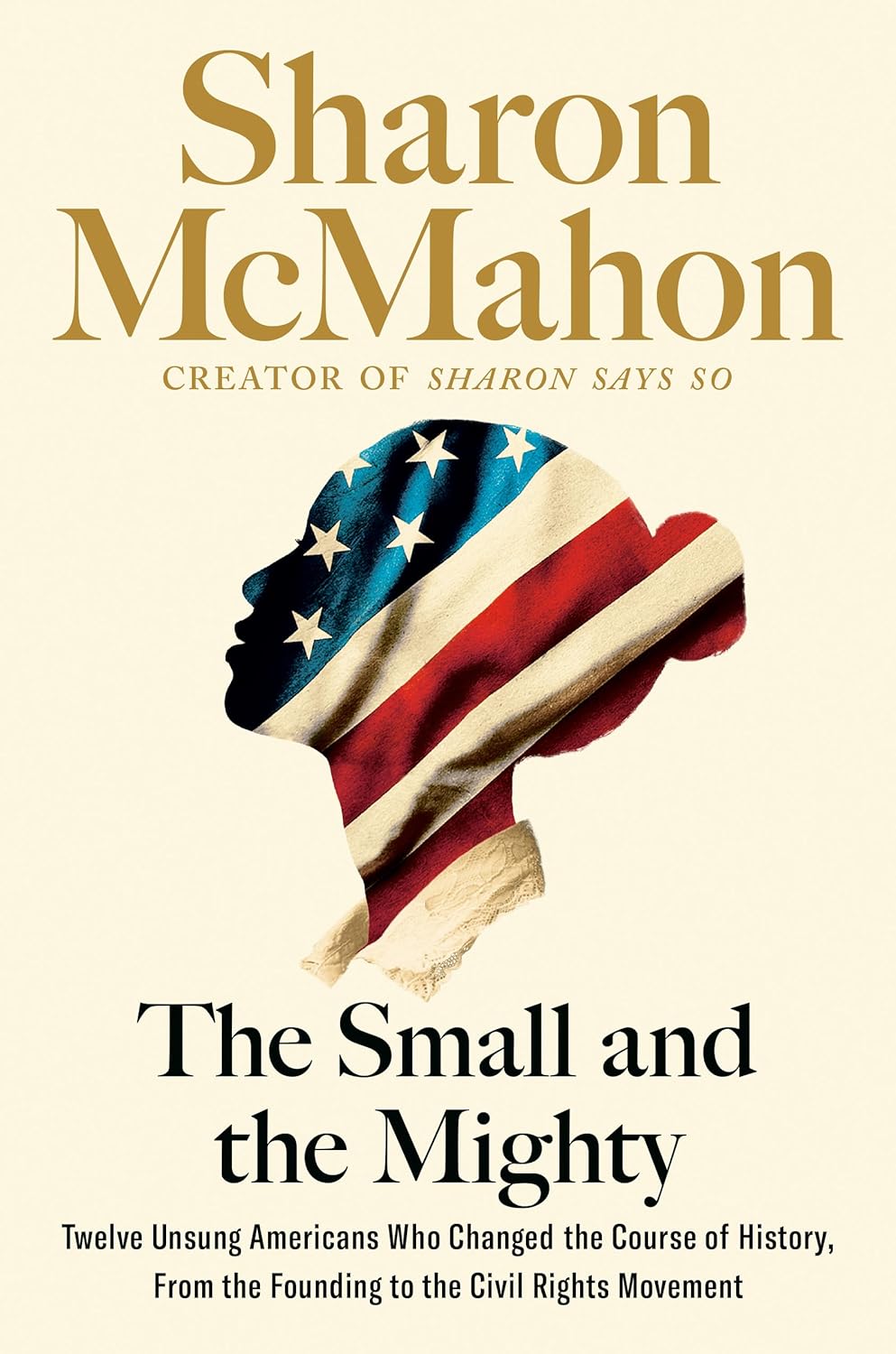Chapter 24: America _1950s
byChapter 24 explores the turbulent 1950s in the United States during the Cold War, focusing on the troubling relationship between America’s racial segregation laws and the Nazi policies that inspired them. The chapter draws attention to how Adolf Hitler and the Nazi regime used America’s segregated society as a model for their own discriminatory practices, particularly in terms of the racial segregation laws enforced in the Southern states. While the United States positioned itself as a rising global superpower during this period, it continued to oppress its Black citizens, and this contradiction is made clear through the life of Claudette. Her personal experiences intersect with the groundbreaking Brown v. Board of Education case, which sought to challenge the “separate but equal” doctrine that justified racial segregation in public schools. This case was a significant turning point in the battle for civil rights, showing the stark contrasts between the global image of America and its treatment of African Americans within its own borders.
The chapter also delves into the story of Oliver Brown, who took a courageous step by attempting to enroll his daughter, Linda, in a white elementary school in Topeka, Kansas, only to be denied due to the prevailing segregationist laws. This rejection set the stage for the monumental Supreme Court case, in which Thurgood Marshall, representing the NAACP, consolidated multiple legal challenges against the entrenched system of segregated education. Marshall’s efforts highlighted the deep disparities between Black and white schools, which were further exacerbated by the limited resources and opportunities available to Black students. The chapter emphasizes the role of Earl Warren, who was appointed as Chief Justice during this time, and who played a pivotal role in ensuring a strong, unified ruling against segregation. Warren’s experience as a prosecutor, particularly his commitment to addressing corruption, and his controversial stance on the internment of Japanese Americans during World War II, shaped his approach to the case and its ultimate outcome.
The climax of the case came with the unanimous ruling from the Supreme Court, which declared that racial segregation in public schools was unconstitutional. This landmark decision fundamentally altered the educational landscape in America, signaling the beginning of the end for the “separate but equal” doctrine. However, while the ruling was a historic victory, it was also met with significant resistance from many segments of white society, particularly those who feared that school integration would disrupt their long-held social norms and racial hierarchy. The follow-up ruling, which called for the integration of schools to proceed “with all deliberate speed,” was meant to encourage prompt action, but segregationists misinterpreted it as a way to delay progress. This ambiguity allowed many states and localities to slow down the implementation of desegregation, and some even went so far as to pass laws that hindered integration or closed schools altogether rather than allow them to integrate.
The backlash against school integration did not come only in the form of political opposition but also cultural and social resistance. Many white communities were deeply invested in maintaining the segregationist status quo, fearing that integration would lead to a complete upheaval of their societal structure. This period of resistance highlighted the intense friction between the values of equality and freedom championed by the civil rights movement and the deeply ingrained traditions of racial inequality that dominated Southern society. Despite these challenges, the Brown v. Board of Education ruling became a cornerstone in the civil rights movement, as it set the legal precedent for future battles against segregation. While the case itself did not immediately end racial inequality in schools or society, it was a crucial first step in the ongoing fight for equal rights and justice. The challenges faced by those advocating for integration, both in the courts and in society, demonstrate the deep-rooted resistance that activists had to overcome in order to secure civil rights for all citizens, regardless of race.
In reflecting on the post-Brown period, it becomes clear that while the decision was a significant victory, it also ignited a broader social and political struggle that continued for years. The resistance to desegregation was not just a matter of legal or political barriers but was also fueled by profound social and cultural anxieties about the changing racial landscape. The fight for school desegregation and the broader civil rights movement continued to gain momentum, even as white supremacy and segregationist policies entrenched themselves in many communities. This period marked the beginning of a larger transformation in American society, one that would require years of effort, struggle, and sacrifice to fully achieve the promises of equality and justice that were embedded in the Constitution. The story of Brown v. Board of Education is ultimately one of resilience, showing how individuals and communities fought against immense odds to secure the rights and dignity of all Americans. The victory in this case laid the groundwork for future efforts in the battle for civil rights, proving that even in the face of entrenched opposition, progress was possible through collective action and legal advocacy.

